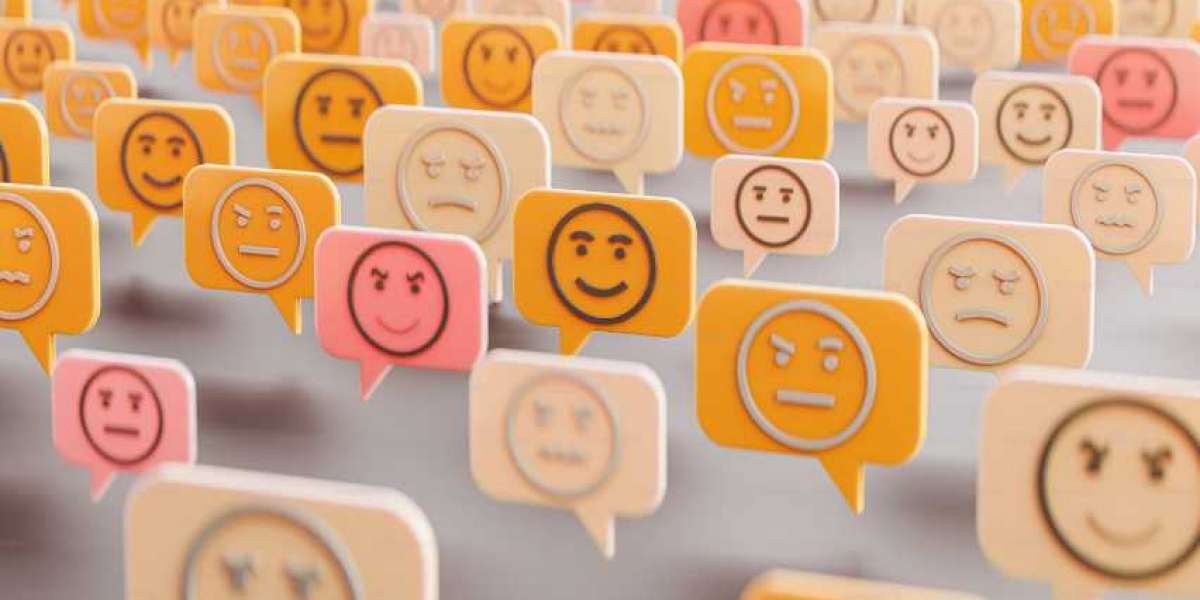Step 1: Establishing Your Character’s Concept and Purpose
The foundation of any character design is understanding its purpose and personality. Before you start sketching, ask yourself a few questions:
- What role will the character play in the story? Is this character a protagonist, sidekick, or villain?
- What are their traits? Think about personality traits—are they brave, funny, clumsy, or thoughtful?
- What’s their background? Knowing a character’s backstory can provide insights into their appearance and personality.
Having a strong concept not only adds depth to the character but also makes it easier to make design decisions down the road.
Step 2: Starting with Simple Shapes
Using basic shapes is one of the best ways to start your 2D character design. Shape language is crucial in character creation as it can communicate a lot about a character’s personality.
- Circles and rounded shapes often imply friendliness, softness, and approachability.
- Squares and rectangles suggest strength, stability, and reliability.
- Triangles can indicate sharpness, agility, or danger.
By experimenting with these shapes, you’ll create a character structure that matches the character’s personality, making them visually appealing and memorable.
Step 3: Building a Strong Silhouette
A clear and recognizable silhouette is essential in 2D cartoon characters. Silhouettes allow characters to stand out even when they’re not fully detailed or colored. To test your character’s silhouette, try filling in the outline in black and seeing if the character is still recognizable. A strong silhouette ensures your character has a unique shape and personality that makes them memorable, which is particularly helpful in animation and crowded scenes.
Step 4: Selecting the Right Color Palette
Colors are a powerful tool in character design, as they evoke emotions and help express personality traits. For 2D animation character creation, a balanced color palette can make a character feel more cohesive and recognizable.
When choosing colors, consider these general associations:
- Warm colors like red and orange can suggest energy, passion, or excitement.
- Cool colors like blue and green often represent calmness, intelligence, or mystery.
- Neutral colors such as gray and brown may imply maturity, experience, or seriousness.
A simple color palette with one primary color and one or two accent colors will help keep the character’s design from becoming overly complex, making it easier to animate consistently.
Step 5: Developing Facial Features and Proportions
Facial features are essential for conveying emotions and building a connection with the audience. Exaggerated features can be particularly effective in cartoon characters, helping to emphasize personality traits. Consider these facial aspects when designing:
- Eyes are one of the most expressive parts of the face; larger eyes can create a youthful or innocent look, while smaller eyes may convey seriousness or maturity.
- Eyebrows add personality—arched, angled, or bushy brows all have different effects on how the character is perceived.
- Mouth and nose shapes can also play a significant role. For example, a wide smile may make a character look friendly, while a smaller mouth might add a sense of mystery or quietness.
When deciding on proportions, think about the type of character you’re designing. An expressive, animated character will benefit from exaggerated features, while a more realistic character might use more subdued proportions.
Step 6: Adding Personality Through Posture and Pose
Posture and pose are crucial in 2D character design as they can quickly communicate a character’s personality. Even a single pose can tell a lot about who the character is. For example:
- A hero character may have a confident stance with shoulders back and feet planted firmly.
- A shy character might have a slightly slouched posture or avoid eye contact.
Creating several “key poses” for your character can help you explore their personality further and serve as a reference for future animations.
Step 7: Incorporating Accessories and Distinctive Features
Accessories and unique features add layers to your character and make them stand out. These elements can also reflect the character’s lifestyle or profession. For instance:
- A wizard character might have a hat, wand, or robe.
- An adventurous character could wear a backpack, boots, or carry a map.
Just be mindful not to overdo it; accessories should complement the character without overwhelming their core design.
Step 8: Experimenting with Expressions and Emotions
Expression sheets are invaluable when creating 2D cartoon characters. They allow you to explore a range of emotions and reactions, helping to add depth and versatility to your character. To make expression sheets, consider sketching your character displaying different emotions—joy, anger, sadness, surprise, and so on. This practice not only helps you understand how your character’s face moves but also creates a reference for consistent emotional expression.
Step 9: Creating a Character Sheet
A character sheet is a valuable tool for animators, as it provides a comprehensive view of the character from various angles. Character sheets often include:
- Front, side, and back views of the character.
- Expressions sheet to display different facial emotions.
- Poses and gestures to capture body language.
A well-made character sheet ensures your character remains consistent in appearance and personality across all scenes, streamlining the animation process.
Step 10: Refining and Iterating Your Design
Character design is rarely perfect on the first attempt. The design process is iterative, so feel free to make changes, test different looks, and gather feedback. Starting with rough sketches and gradually refining them is a great way to evolve your character. Sometimes, small tweaks to features, colors, or accessories can make a significant difference in the final design.
Practical Tips for Getting Started in 2D Character Design
Here are a few practical tips that can help beginners dive into 2D graphic character creation:
- Study other characters: Look at well-designed characters from popular animations or games and break down what makes them effective. Pay attention to their shapes, colors, and features.
- Practice sketching every day: Regular practice improves your skills and helps you discover your unique style.
- Focus on simplicity: While details are important, a simple design is often easier to animate and more recognizable.
- Seek feedback: Show your designs to other artists or friends to gain fresh perspectives and improve your work.
- Experiment with digital tools: Software like Adobe Animate, Clip Studio Paint, and Procreate offer useful features for creating and refining characters digitally.
Getting Inspired: Learning from Professional Character Artists
If you’re just starting, looking at the work of established character artists can provide inspiration and guidance. Examine their character sheets, noting the choices they make with proportions, accessories, and poses. Many artists share their work processes online, which can offer insights into their creative decisions and help you understand the depth and thought that goes into professional character design.
Final Thoughts on How Do You Start with 2D Character Design?
Starting with 2D character design is a rewarding journey that combines artistic skills, creativity, and storytelling. By following these basic steps—defining a concept, working with shapes, establishing a silhouette, choosing colors, adding expressions, and refining through iteration—you can create characters that are both captivating and unique.













